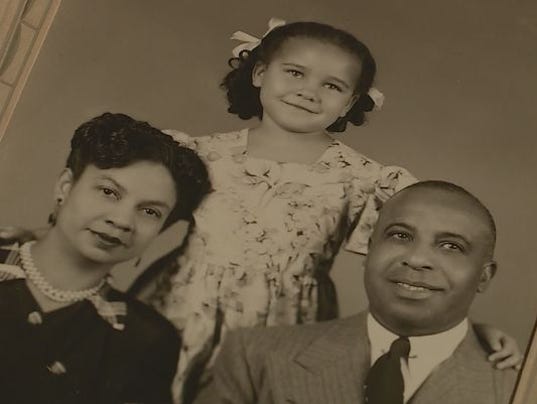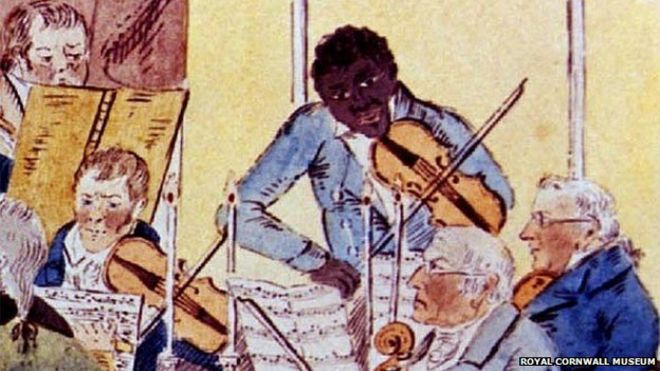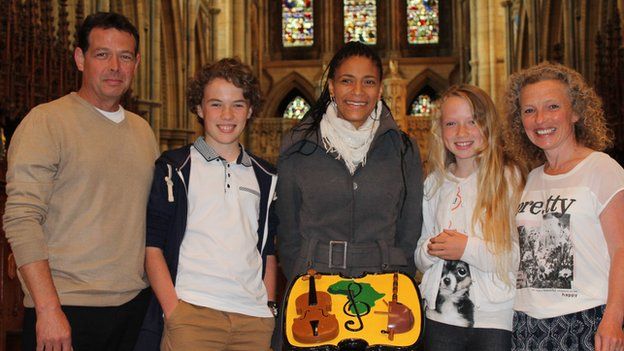As a kid, I was biracial (and black). Today, I’m black (and biracial).Posted in Articles, Autobiography, Census/Demographics, Media Archive, United States on 2015-06-25 20:38Z by Steven |
As a kid, I was biracial (and black). Today, I’m black (and biracial).
The Washington Post
2015-06-24
Kristal Brent Zook, Professor of Journalism, Media Studies, and Public Relations
Hofstra University, Hempstead, New York
The box we check on census forms is only half the story.
A recent Pew study, “Multiracial in America: Proud, Diverse and Growing in Numbers,” has unleashed a flurry of new commentary about a group that’s now growing at a rate three times as fast as the population as a whole. Pew says its numbers have been seriously underestimated by the U.S. Census, which only began offering a box for those of more than one race in 2000. In 2010, those who checked it were 2.9 percent of the population, but Pew now places the number as high as 6.9 percent, with a serious caveat: Fully 61 percent of those with a mixed racial background don’t consider themselves to be part of this “mixed race or multiracial group.”
I can relate.
Although my mother is African American and my father is Caucasian — which I’ve readily acknowledged to anyone who wants to know — the census box I’ve always chosen is African American. To officially consider myself “multiracial” rather than black would be a complicated and, for me, uncomfortable undertaking, fraught with emotional, social, political and cultural minefields.
The box we check, after all, is only half the story. What struck me most about the Pew study was what it called an “added layer of complexity.” No matter which box one chooses, the study found that “racial identity can be fluid and may change over the course of one’s life, or even from one situation to another. About three in ten adults with a multiracial background say they have changed the way they describe their race over the years, it went on to note, “with some saying they once thought of themselves as only one race and now think of themselves as more than one race, and others saying just the opposite.”
Once again, I can relate…
Read the entire article here.




